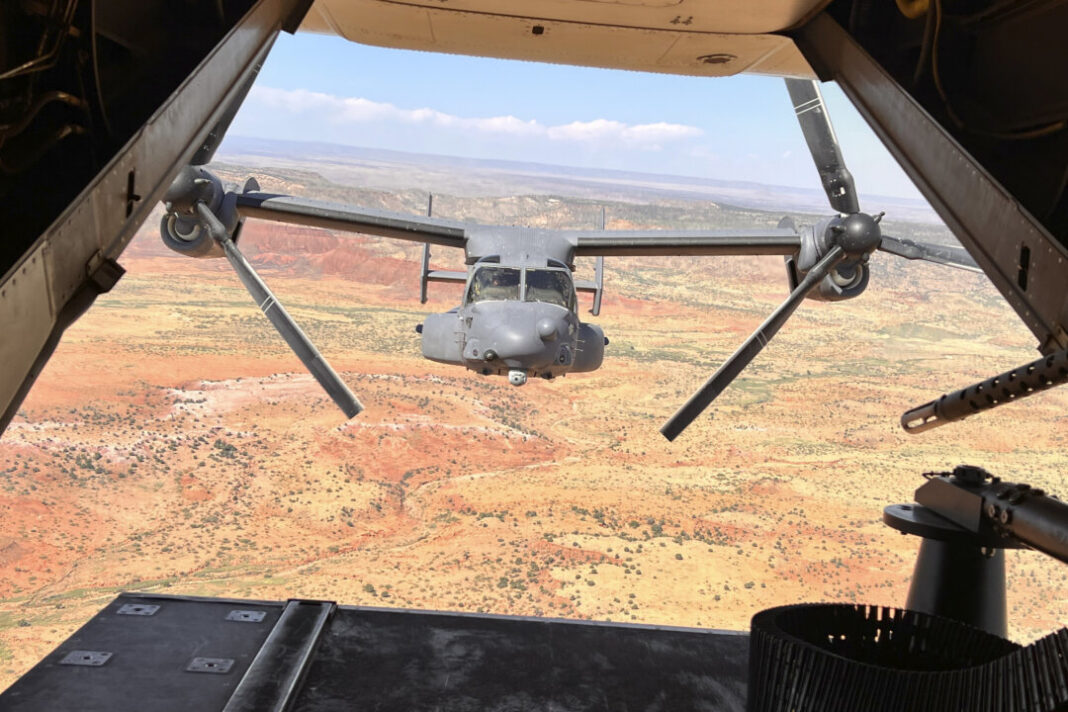The recent Osprey plane incident in pristine Mexico bears striking resemblance to a fatal crash off the coast of Japan two years ago.
The US military has once again suspended flights of its V-22 Osprey fleet following a latest crash amid growing scrutiny over the plane’s safety.
The Marine Corps began its recreation on Friday, with plans to continue through at least Monday. Alternate branches are expected to maintain suspension for a longer period of time while investigating the cause of the metal screw within the airplane.
According to the findings, lawmakers have asked Security Secretary Lloyd Austin to shepherd the Osprey fleet until safety and design problems are also addressed.
The new event that occurred at Canon Wind Power Bottom in pristine Mexico on November 20 resembled a devastating hit off the coast of Japan in November 2022. That hit, which claimed the lives of 8 Wind Power Special Operations Command carrier contributors, was attributed to steel parts that weakened during the Osprey’s transmission.
Japan’s hit investigation revealed that steel inclusions – the weak points within the subject matter – resulted in equipment failure and the breakup of one unfortunate airplane. In that incident the team also did not immediately accept the seriousness of the problem.
The cannon incident, which is still under investigation, appears to have benefited from lessons learned from the Japan attack. Shortly after takeoff the team encountered unexpected threats and lost an engine, but managed to land safely.
coaching flights stopped
Lieutenant General Michael Conley, commander of Wind Energy Special Operations Command (AFSOC), has directed a recreation of all Osprey training flights. IAFSOC spokeswoman Lt. Col. Becky Hesse said in an observation that the recreation “gives us time and space to understand what happened,” the AP reports.
The steel between the events is the X-53 VIMVAR. Investigators found that the equipment that failed in the Japan hit had more than one inclusion, which may have been microscopic weak spots caused by the mixing of foreign components in the steel during production, which could have controlled the cracking over the course of a year. .
Since Japan was hit, seven previous cracking incidents in gear were attributed to the same metal disease, according to investigators cited by the AP.
Senna and Bell Flying, which makes transmission machines and assembles the Osprey in Amarillo, Texas, were working to strengthen the steel.
Conservation documentation of the Osprey has been a priority throughout its three-decade operational history. According to the AP, 64 crewmen died and 93 were injured in the Osprey accidents. Concerns over the safety of the aircraft have also raised concerns around the world, with Japan’s military briefly grounding its fleet in October after an Osprey banked violently during takeoff and hit a grass field. Was.
From NTD Information


